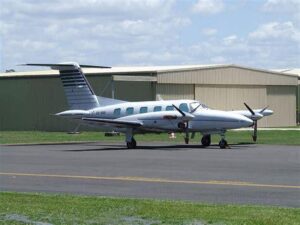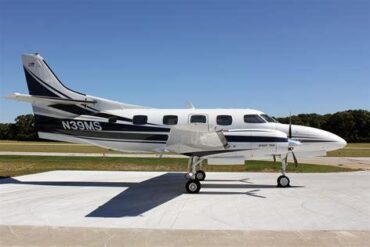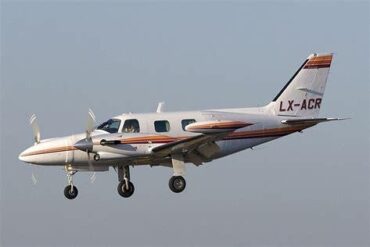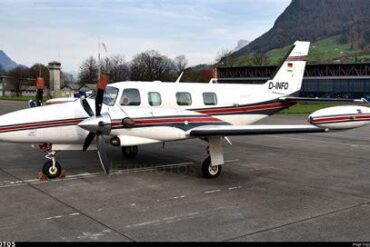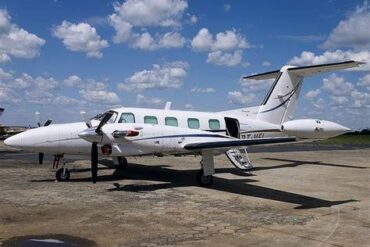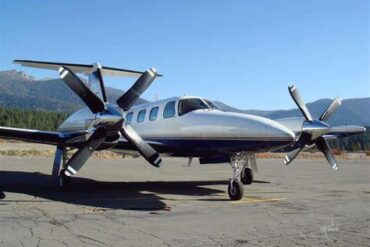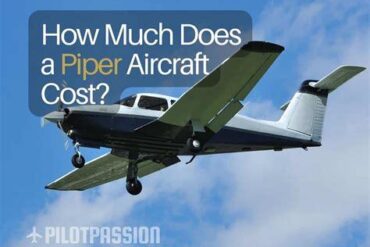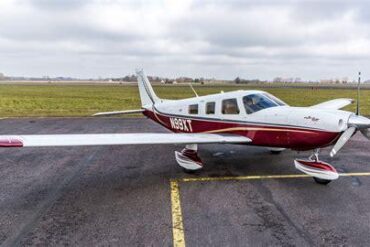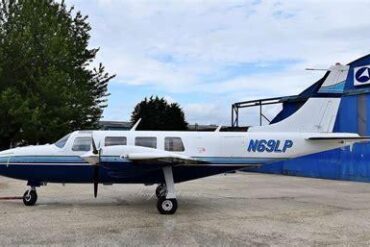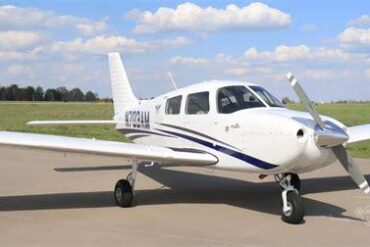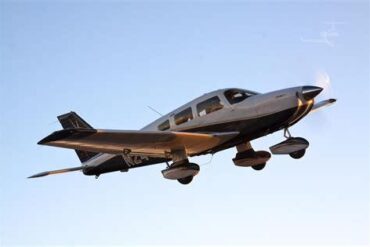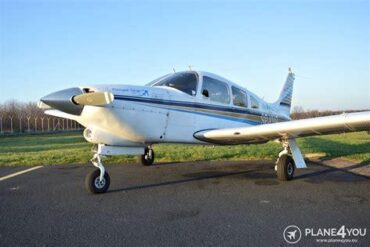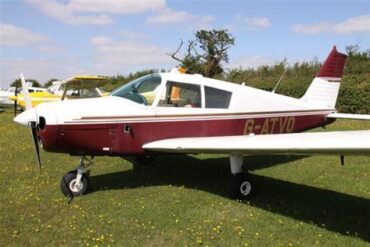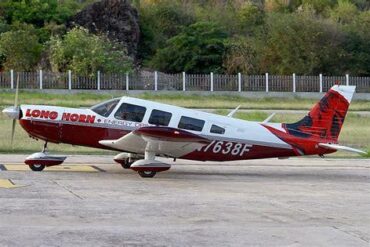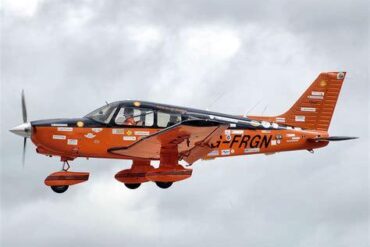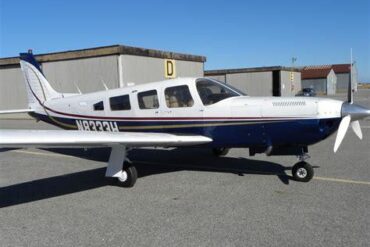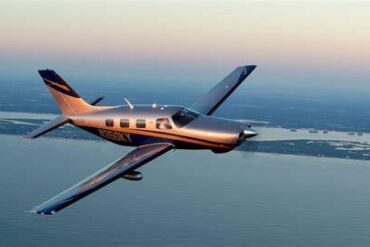The Piper Cheyenne IIIA is a remarkable twin-engine turboprop aircraft that has garnered attention for its performance, reliability, and versatility. As aviation enthusiasts and potential buyers consider this aircraft, understanding its pricing and operating costs becomes paramount. In this comprehensive article, we will delve into the various aspects of the Piper Cheyenne IIIA, covering everything from purchase price to maintenance expenses, fuel consumption, and more.
Overview of the Piper Cheyenne IIIA
The Piper Cheyenne IIIA is a member of the Piper Aircraft family, specifically designed for business and personal travel. With a spacious cabin that accommodates up to six passengers, the aircraft is renowned for its comfort and speed. Equipped with Pratt & Whitney PT6A-41 engines, the Cheyenne IIIA boasts impressive performance metrics, making it a popular choice among corporate pilots and private owners alike.
Key Specifications
-
Wingspan: 46 ft 4 in (14.1 m)
-
Length: 30 ft 10 in (9.4 m)
-
Height: 10 ft 8 in (3.25 m)
-
Maximum Takeoff Weight: 7,000 lbs (3,175 kg)
-
Cruise Speed: 300 knots (345 mph)
-
Range: 1,400 nautical miles (2,593 km)
These specifications highlight the Cheyenne IIIA’s capacity for long-distance travel while maintaining a swift cruising speed, ideal for those who prioritize efficiency in their flight operations.
Purchase Price of the Piper Cheyenne IIIA
The purchase price of a Piper Cheyenne IIIA can vary significantly based on several factors, including the aircraft’s age, condition, and installed equipment. On the pre-owned market, prices typically range from $300,000 to $800,000. Factors influencing the price include:
-
Aircraft Age: Newer models generally command higher prices.
-
Total Time: Aircraft with lower total flight hours often sell at a premium.
-
Modifications and Upgrades: Features such as updated avionics or enhanced interiors can increase value.
-
Maintenance History: A well-documented maintenance history may attract buyers, reflecting the aircraft’s reliability.
Investors and operators should conduct thorough due diligence, including pre-purchase inspections and review of maintenance records, to ensure they make an informed decision when acquiring a Piper Cheyenne IIIA.
Operating Costs of the Piper Cheyenne IIIA
Operating costs are a crucial aspect of aircraft ownership, affecting overall profitability and budget planning. For the Piper Cheyenne IIIA, several key components contribute to its operational expenses:
1. Fuel Costs
Fuel consumption is one of the primary operating expenses for any aircraft. The Cheyenne IIIA typically burns about 40 to 50 gallons per hour (GPH) of Jet A fuel, depending on flight conditions, weight, and cruising speed. Given current fuel prices, which can fluctuate between $5 to $8 per gallon, operators can expect to spend approximately $200 to $400 per hour on fuel alone. This figure emphasizes the importance of efficient flight planning and route optimization to manage costs effectively.
2. Maintenance and Inspections
Regular maintenance is essential to keep the Cheyenne IIIA in peak operational condition. Annual inspections can cost around $5,000 to $15,000, depending on the extent of required work. Additionally, routine maintenance checks, including oil changes and airframe inspections, can add anywhere from $500 to $2,500 per month to the operating budget. Furthermore, operators should budget for unexpected repairs, which can be significant in older aircraft.
3. Insurance Costs
Insurance is another critical expense. The average annual insurance premium for a Piper Cheyenne IIIA ranges from $3,000 to $10,000, depending on factors such as the pilot’s experience, the aircraft’s value, and the coverage limits selected. Comprehensive insurance is advisable to protect against potential liabilities and unforeseen circumstances.
4. Pilot and Crew Salaries
For commercial operators, the costs associated with hiring qualified pilots and crew members can be substantial. Salaries for experienced pilots can range from $60,000 to $120,000 annually, depending on experience, certifications, and the type of operation. When calculating total operating costs, it’s important to consider these personnel expenses, especially for those operating the aircraft commercially.
5. Hangar and Storage Fees
Hangar fees can vary widely depending on location and facility quality. In urban areas, monthly hangar rental can reach $1,000 to $2,500. Keeping the aircraft in a controlled environment is crucial for maintaining its condition and longevity, thereby justifying this expense.
6. Miscellaneous Operating Expenses
Additional costs may include landing fees, navigation services, and ground handling charges. Depending on the frequency of flights and destinations, these fees can add up quickly. Operators should allocate a budget for these miscellaneous expenses to avoid unexpected financial burdens.
Calculating Total Operating Costs
To provide a clearer picture of the Piper Cheyenne IIIA’s operating costs, we can summarize the estimated hourly operating expenses:
-
Fuel: $200 to $400
-
Maintenance: $100 (amortized over flying hours)
-
Insurance: $50 to $100 (amortized over flying hours)
-
Pilot Salaries: $200 to $500 (depending on flight time)
-
Miscellaneous Fees: $50 to $200
Based on these estimates, the total hourly operating cost of a Piper Cheyenne IIIA can range from $700 to $1,800. This range underscores the necessity for potential buyers to carefully evaluate their operational needs and financial resources before making a commitment.
Comparative Analysis: Piper Cheyenne IIIA vs. Competitors
Understanding how the Piper Cheyenne IIIA stacks up against its competitors is vital for potential buyers. Popular alternatives in the same class include the King Air 200 and the Beechcraft Baron G58. While each aircraft has its own strengths and weaknesses, here are some comparative insights:
Performance and Range
-
Piper Cheyenne IIIA: Cruise speed of 300 knots, range of 1,400 nautical miles.
-
King Air 200: Cruise speed of 300 knots, range of 1,600 nautical miles.
-
Beechcraft Baron G58: Cruise speed of 200 knots, range of 1,300 nautical miles.
The Cheyenne IIIA offers competitive performance, particularly in terms of speed and range, making it an appealing option for longer routes.
Operating Costs
While the Cheyenne IIIA has slightly higher fuel consumption than some of its rivals, its overall operating costs are competitive. The choice between these aircraft will depend on specific operational requirements and individual preferences regarding performance and comfort.
Conclusion
In summary, the Piper Cheyenne IIIA represents a solid investment for those seeking a reliable, high-performance turboprop aircraft. With a purchase price ranging from $300,000 to $800,000 and operating costs estimated between $700 and $1,800 per hour, it provides a compelling option for both personal and business aviation. By understanding the various cost components, potential buyers can make informed decisions that align with their financial goals and operational needs. Whether for business travel or leisure, the Cheyenne IIIA stands out as a versatile aircraft that continues to meet the demands of modern aviators.
